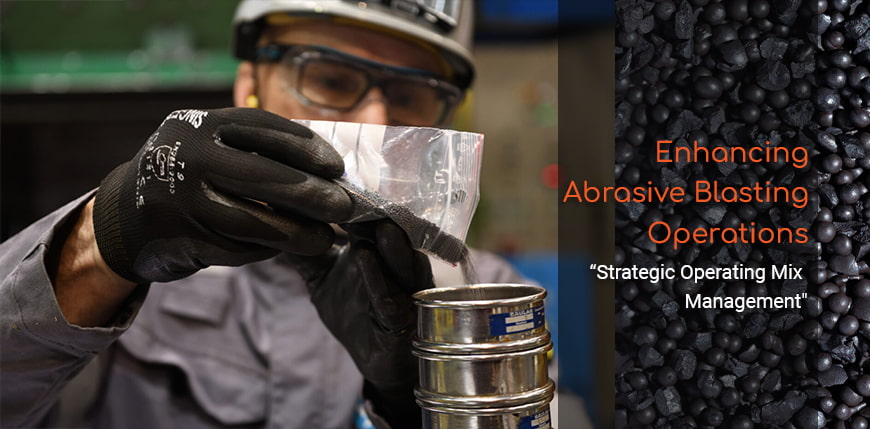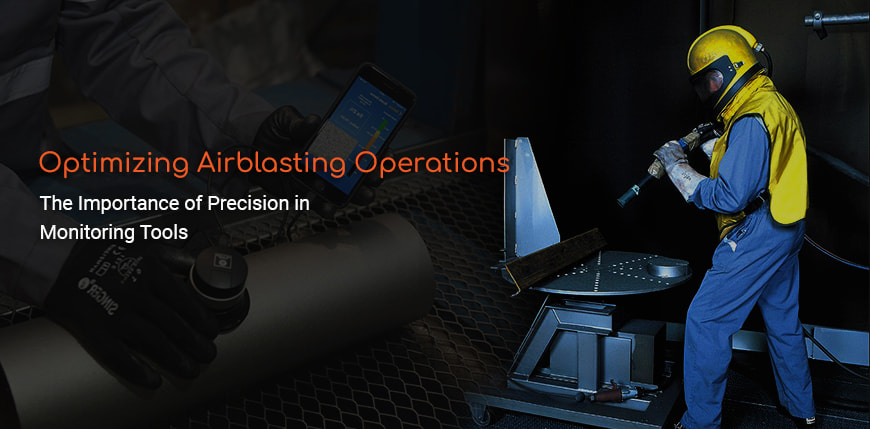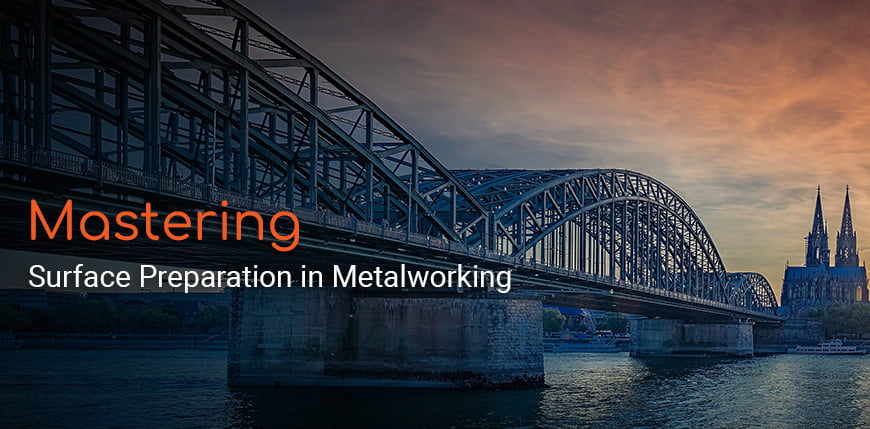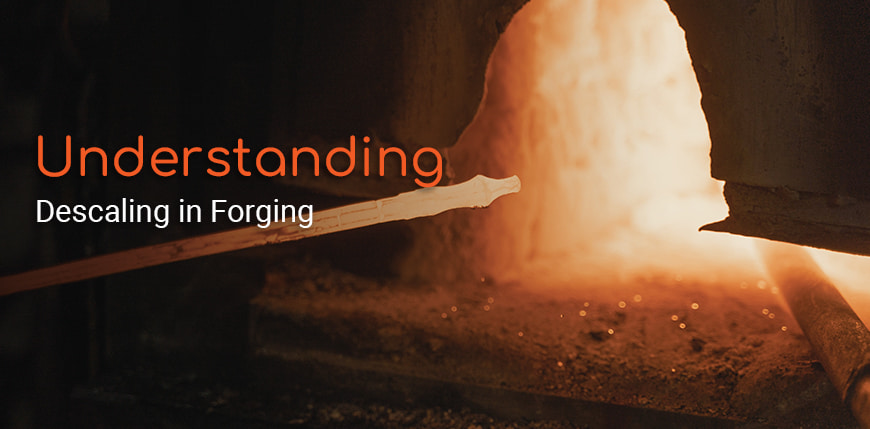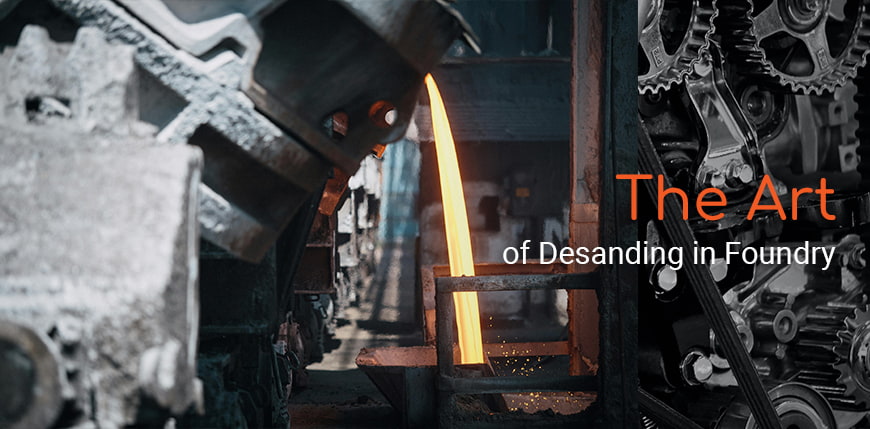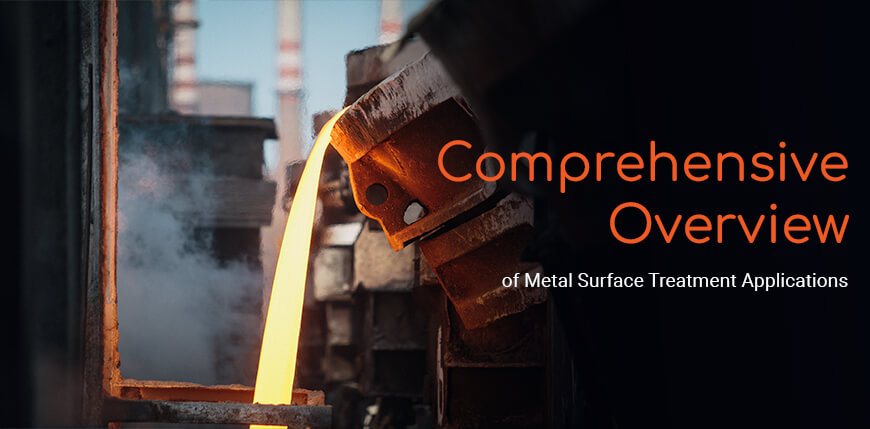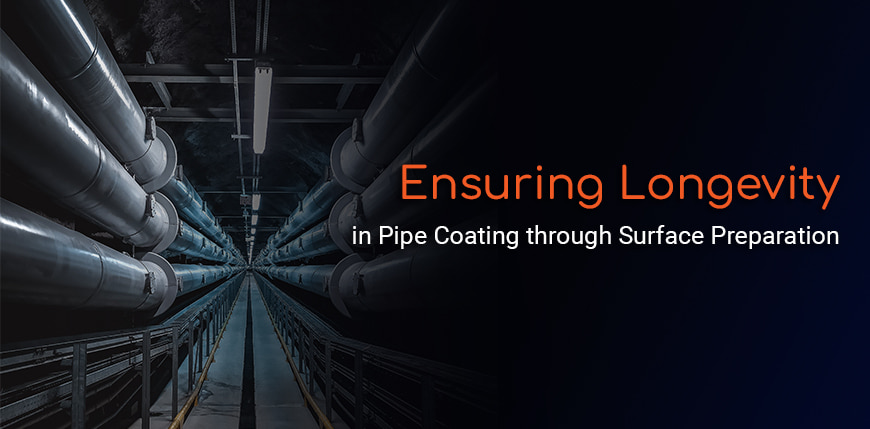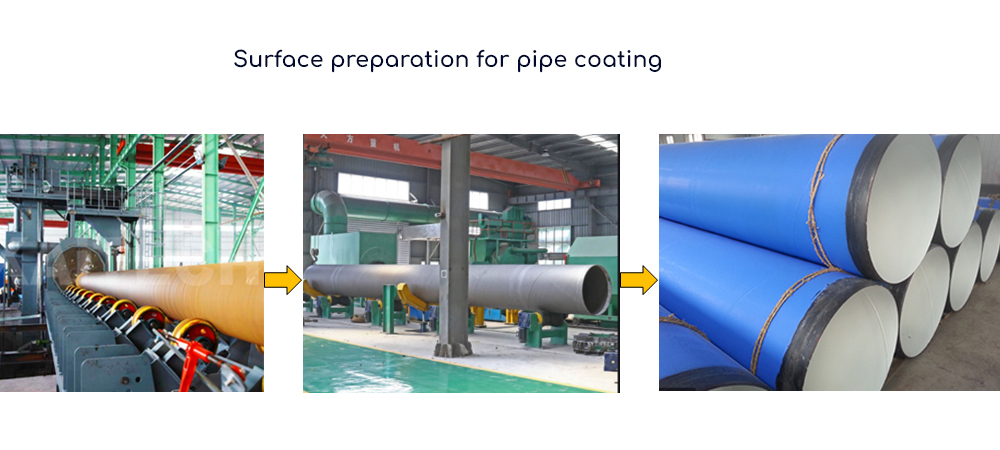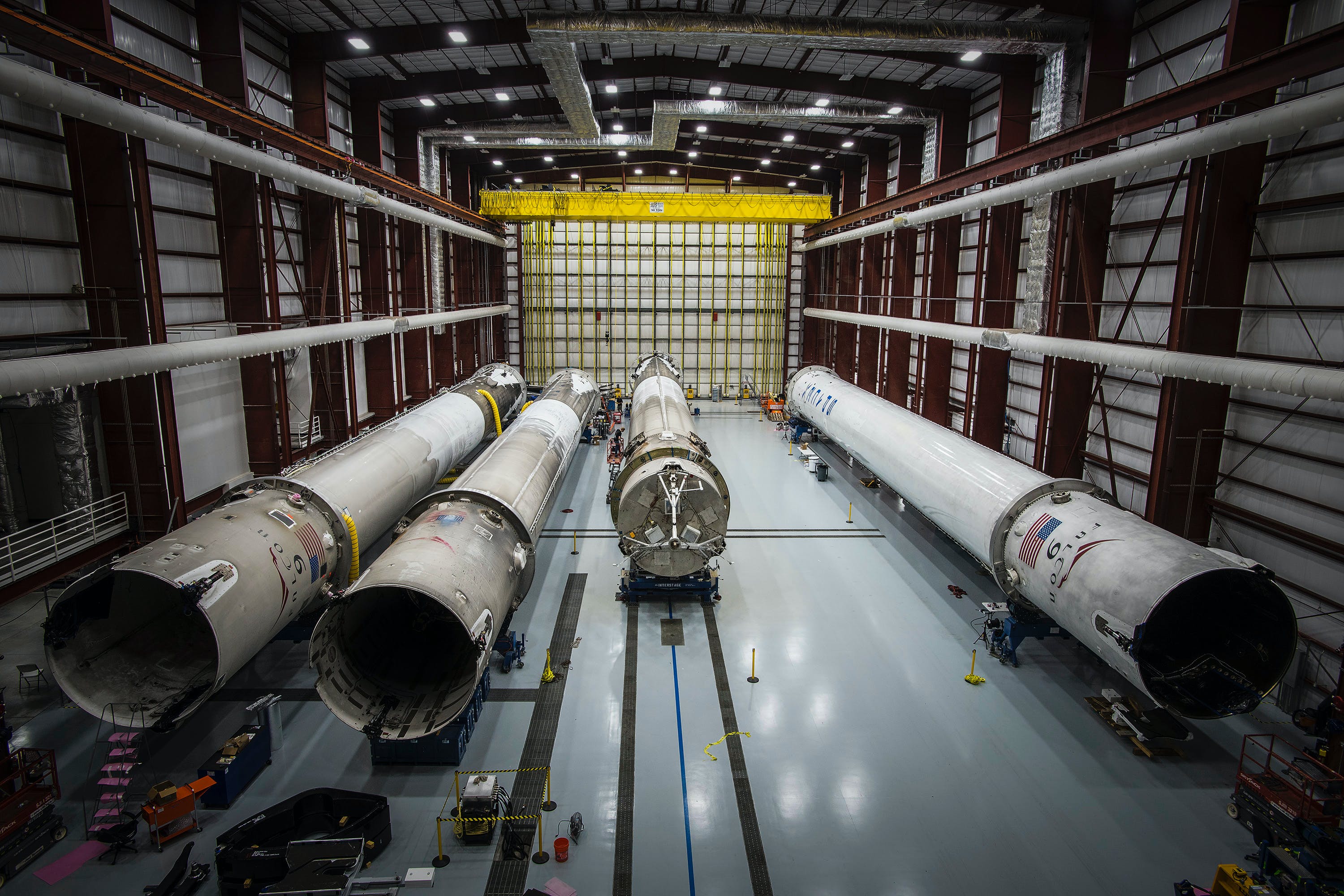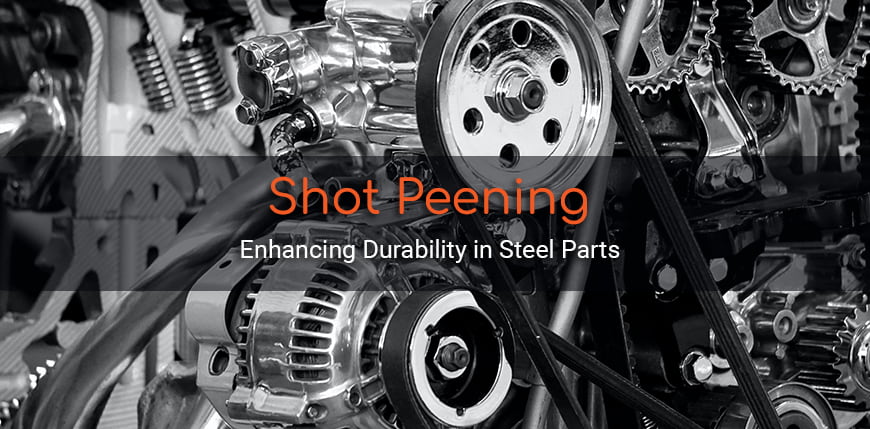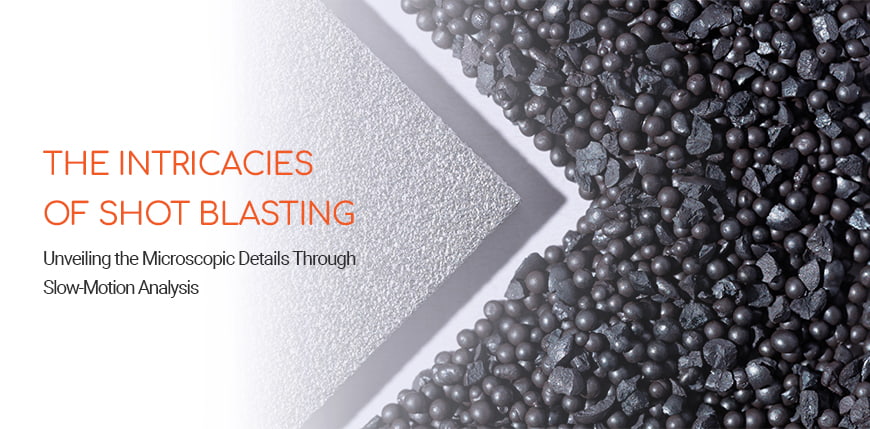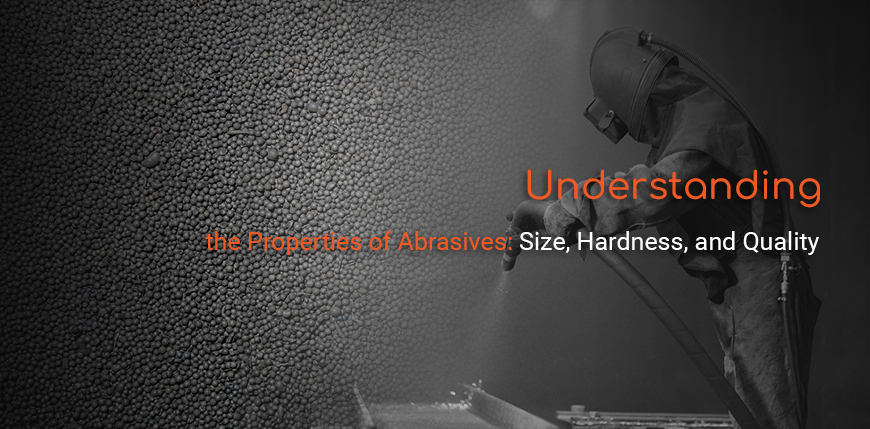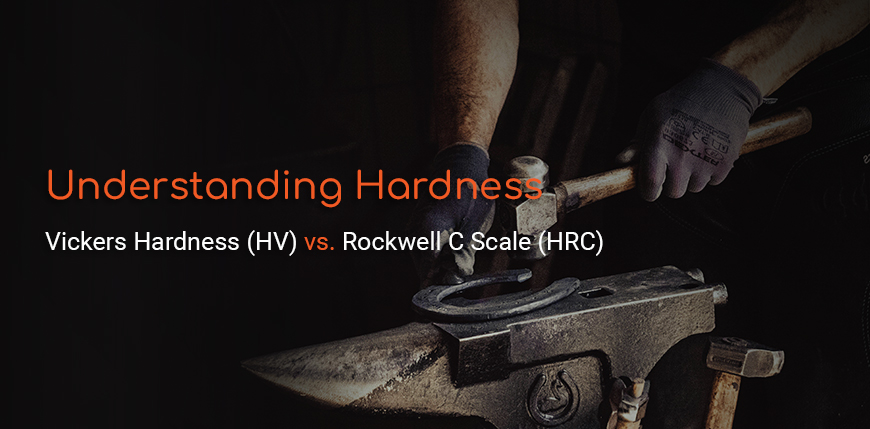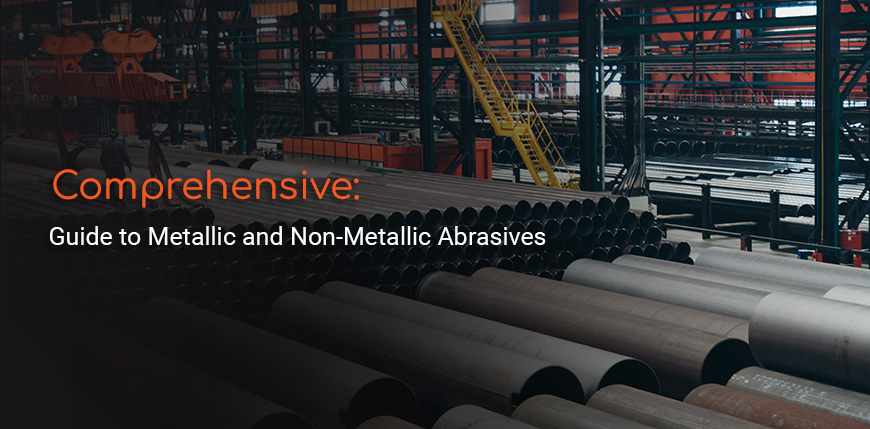Mastering Surface Treatment: A Guide to Precision, Cleanliness, and Efficiency
In the complex world of surface treatment and preparation, precision, cleanliness, and efficiency are not just goals—they are necessities. Achieving these standards requires a deep understanding of the processes involved, from airblasting operations to the nuanced measurement of surface roughness and cleanliness. This guide introduces a series of insightful articles, each dedicated to illuminating a specific aspect of surface treatment, and provides a roadmap to mastering these critical operations.
Optimizing Airblasting Operations: The Importance of Precision in Monitoring Tools
Airblasting is a cornerstone technique in surface treatment, known for its versatility and effectiveness. However, the true potential of airblasting is only realized through meticulous control and monitoring of operational parameters. "Optimizing




